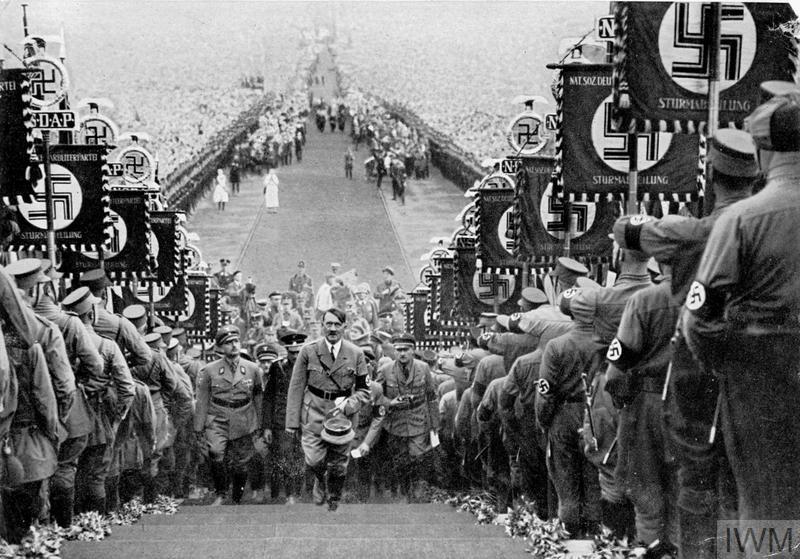Between 1940 and 1942 the British colony of Malta in the central Mediterranean faced relentless aerial attacks by the Luftwaffe and Italian Air Force. The Royal Navy and Royal Air Force both fought to defend the island and keep it supplied. Malta was essential to the Allied war effort as it provided a base to disrupt Axis supply lines to Libya, and also for supplying British armies in Egypt. The German and Italian high commands also realised the danger of a British stronghold so close to Italy.
In late 1940 Luftwaffe units were sent to the central Mediterranean region after the Italian Navy suffered several defeats there. They arrived in January 1941 and were immediately successful in limiting British operations. However, in June these units were moved to the Russian campaign, allowing British submarines and aircraft from Malta to go on the offensive, crippling the Axis supply lines. Their success was short lived though as German aircraft returned in December, restoring the supply route and neutralising the island.
German bombers then laid siege to Malta, targeting towns and supply convoys leading to a shortage of food and equipment for the defending troops. Heavily protected convoys of Allied ships sailed from Gibraltar in the west and Egypt in the south-east to resupply the island, often at great loss of men and ships.
Operation Pedestal and the siege of Malta

The damaged tanker Ohio, supported by Royal Navy destroyers, approaches Malta, 15 August 1942. The fate of the oil tanker Ohio has been seen as symbolic of the Pedestal convoy. Her cargo of 11,000 tons of petrol was vital to the aircraft flying from Malta. On 12 August 1942 she was torpedoed, and on the following day she was further damaged by German bombs. Crippled, the tanker had to leave the convoy. Supported on both sides by RN destroyers HMS Penn and HMS Ledbury and protected by Spitfires, she was brought into Grand Harbour.
The turning point of the siege is often recognised as Operation 'Pedestal', a convoy that reached Malta in August 1942. Although the convoy suffered heavy casualties, its arrival proved that German and Italian efforts to obtain air and sea superiority had failed. Further convoys in November and December 1942 provided enough supplies to last until 1943 - breaking the siege. With Malta and the Mediterranean secured, the Allies were able to use them as bases to launch amphibious landings in North Africa (November 1942), Sicily (July 1943) and mainland Italy (September 1943).


